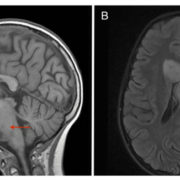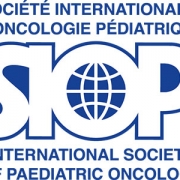Treating Wilms Tumor with vincristine and irinotecan

“The study was impactful because it established the activity of vincristine/irinotecan against Wilms tumor. Based on these findings, this chemotherapy combination will be applied more broadly in the treatment of Wilms tumor,” says study leader Jeffrey S. Dome, M.D, Ph.D.
Wilms tumor, the most common kidney cancer of childhood, may be classified into different subtypes based on its appearance under the microscope. The “favorable histology” subtype is associated with an excellent survival rate of approximately 90%, whereas the “diffuse anaplastic” subtype is associated with survival rates of only 55% for patients with stage II-IV disease.
The Children’s Oncology Group AREN0321 study, led by Jeffrey S. Dome, M.D, Ph.D., vice president of the Center for Cancer and Blood Disorders at Children’s National Hospital, tested the anti-tumor activity of the chemotherapy combination vincristine and irinotecan in patients with metastatic diffuse anaplastic Wilms tumor.
The study also evaluated whether a new treatment regimen containing carboplatin in addition to the currently used agents (vincristine, doxorubicin, cyclophosphamide and etoposide) would improve patient outcomes. The results, published in the March 5th issue of the Journal of Clinical Oncology, showed that the vincristine/irinotecan combination is highly active. Out of the group, 78% of patients who received this combination had an objective tumor response.
The study also demonstrated that additional chemotherapy drugs can reduce the rate of relapse, but it is likely that we have reached the limit of what children can tolerate. “Future gains will likely be made by using agents with novel mechanisms of action, such as immunotherapy and new drugs that target the molecular abnormalities of Wilms tumor cells,” says Dr. Dome.
Moreover, the additional chemotherapy agents improved cancer-free survival rates to levels unprecedented for diffuse anaplastic Wilms tumor. However, the decrease in relapse rate came at the cost of increased toxicity.
“The study was impactful because it established the activity of vincristine/irinotecan against Wilms tumor. Based on these findings, this chemotherapy combination will be applied more broadly in the treatment of Wilms tumor,” Dr. Dome added.











